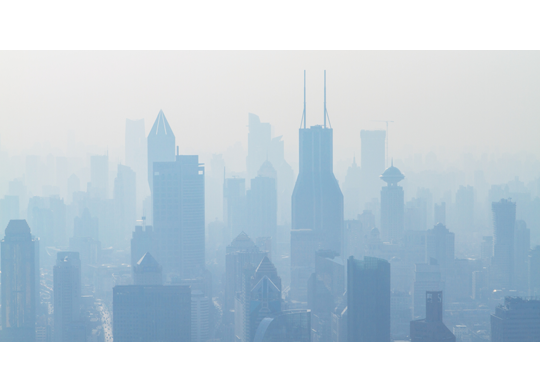Ozone
Background
Ozone (O3) is a gas that is both our friend and foe. The ozone layer in the stratosphere protects us from dangerous UV radiation and is necessary for human survival. However, at ground level, ozone is an unwanted pollutant with severe adverse health effects. Long-term outdoor exposure to ozone pollution contributes to about 1 million premature deaths annually (REF). Ozone is created by the reactions between other air pollutants like nitrogen oxides (NOx) and volatile organic compounds (VOC) and heat/sunlight. It is usually one of the major components in smog

